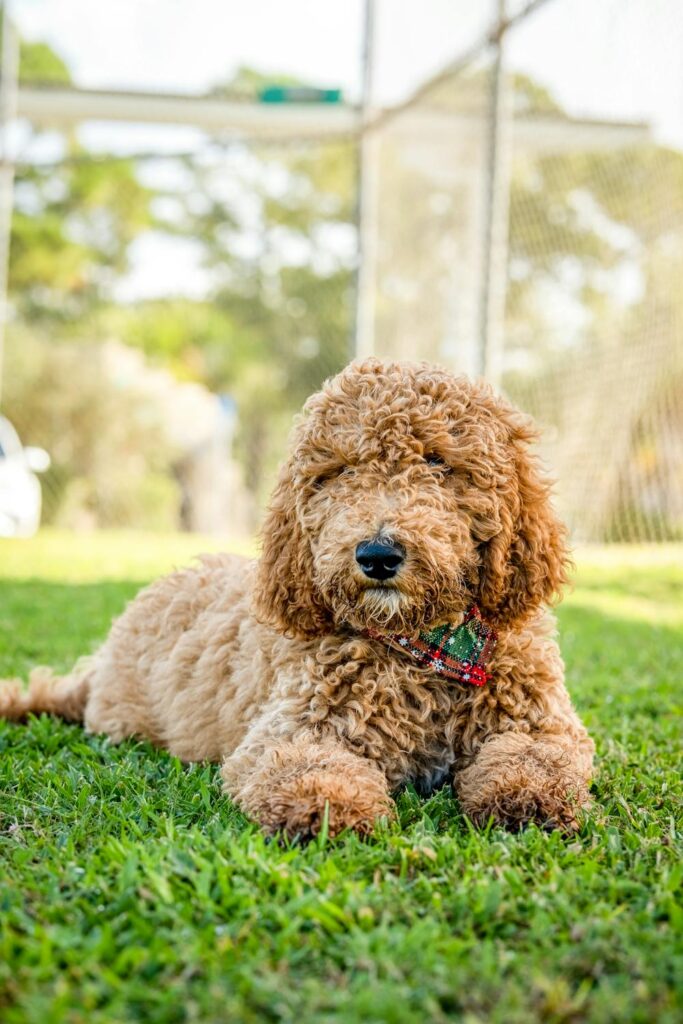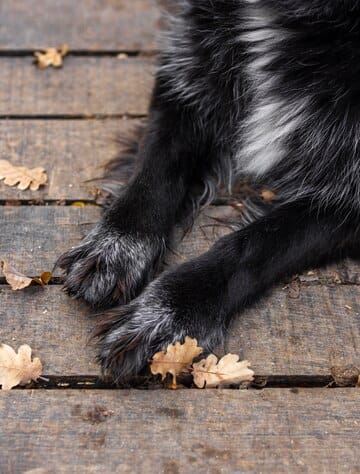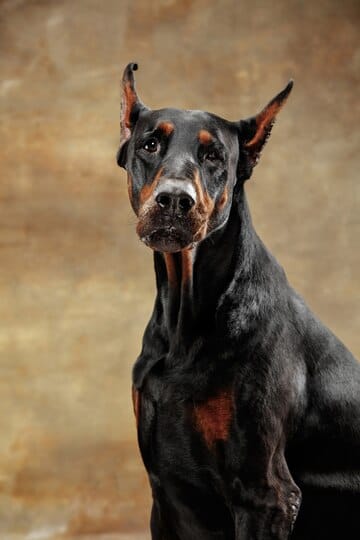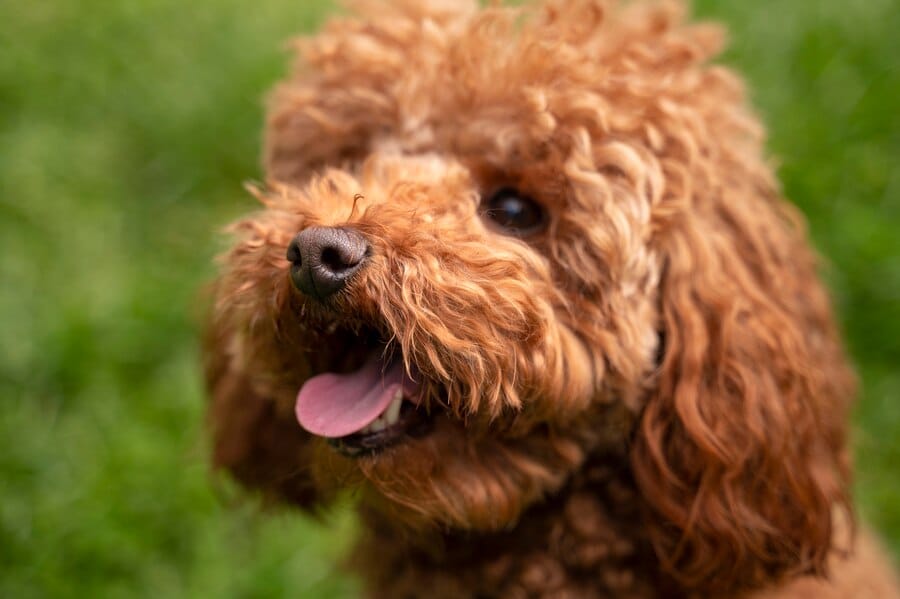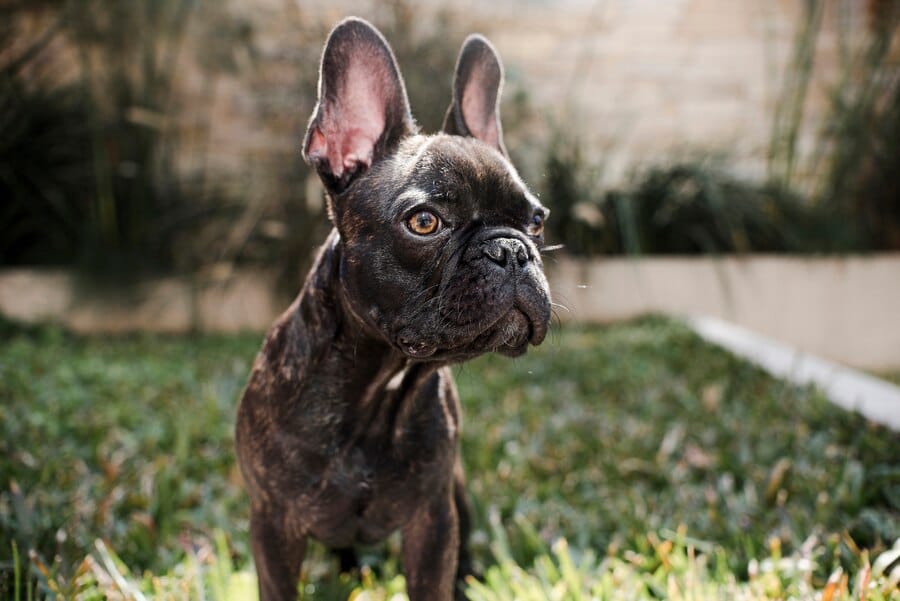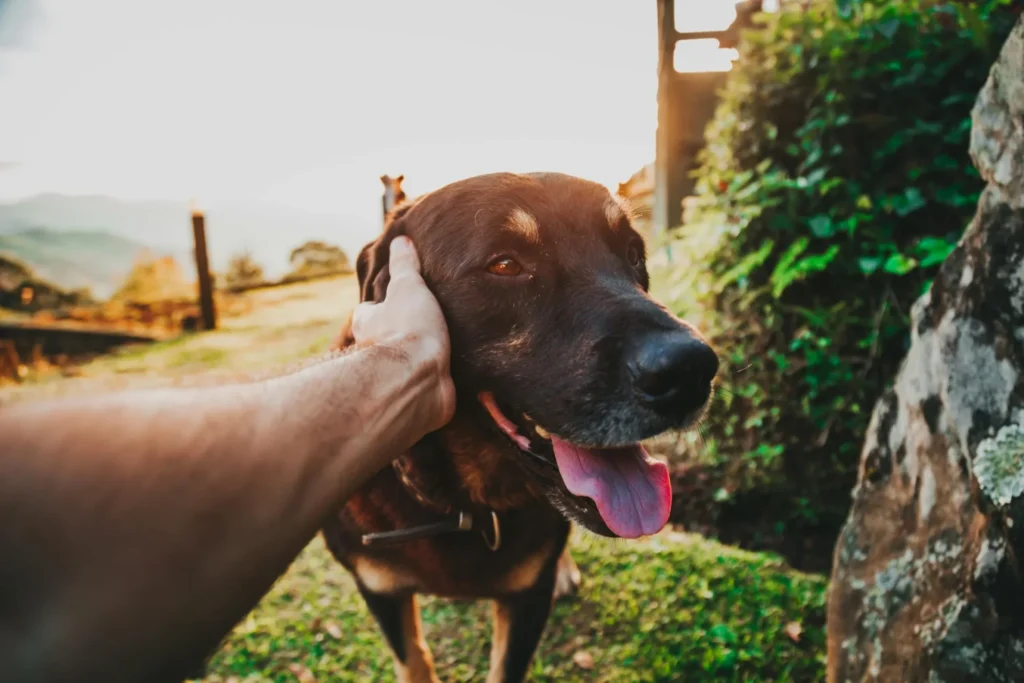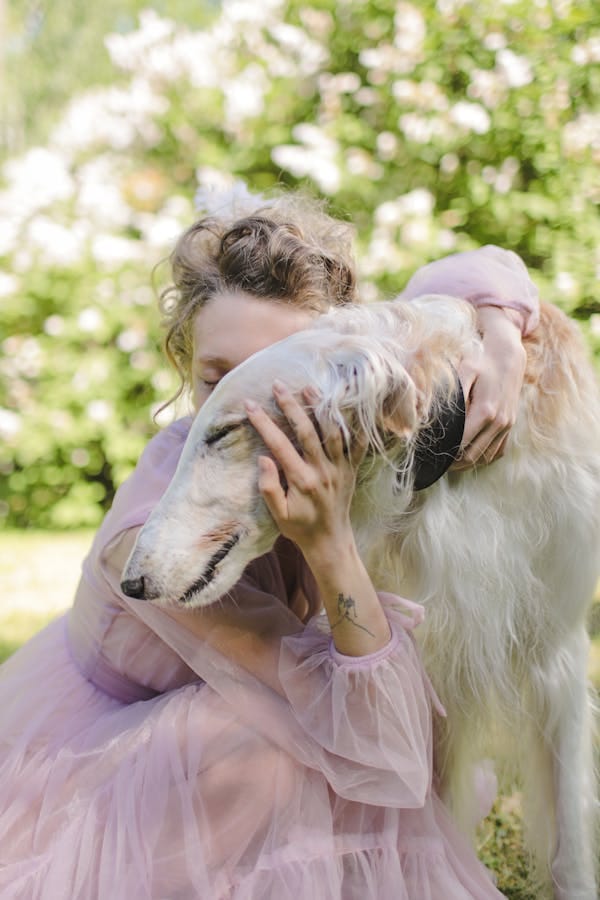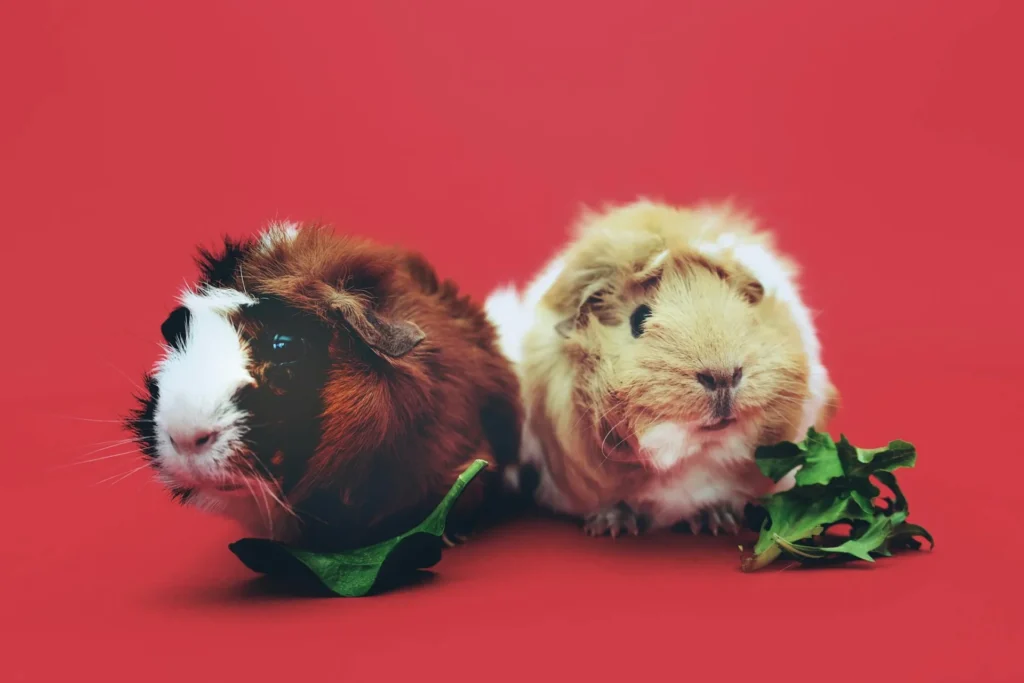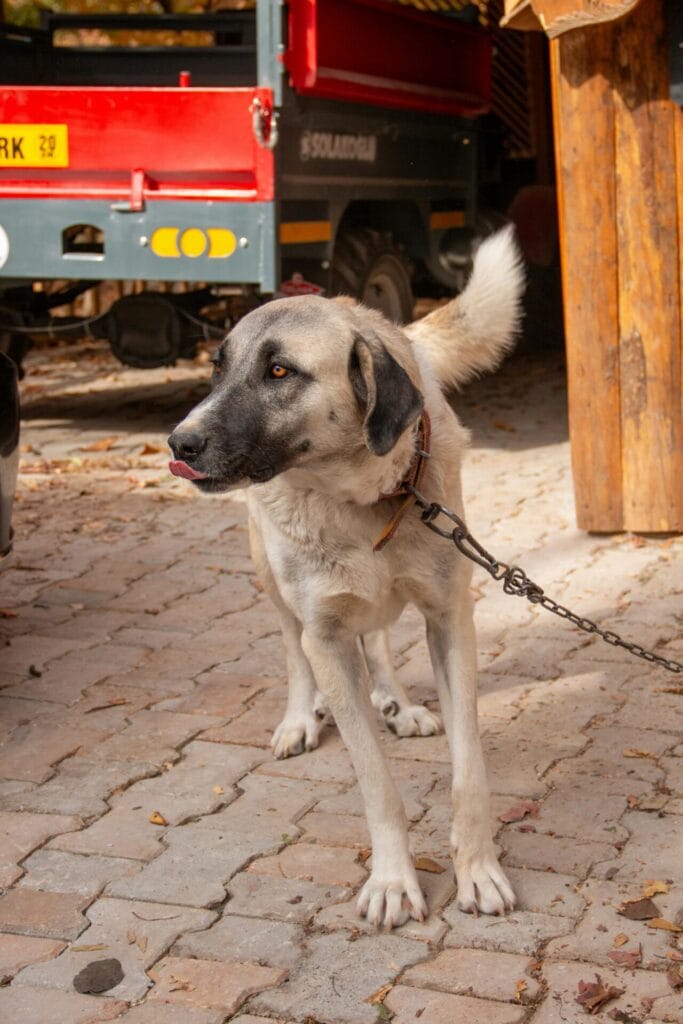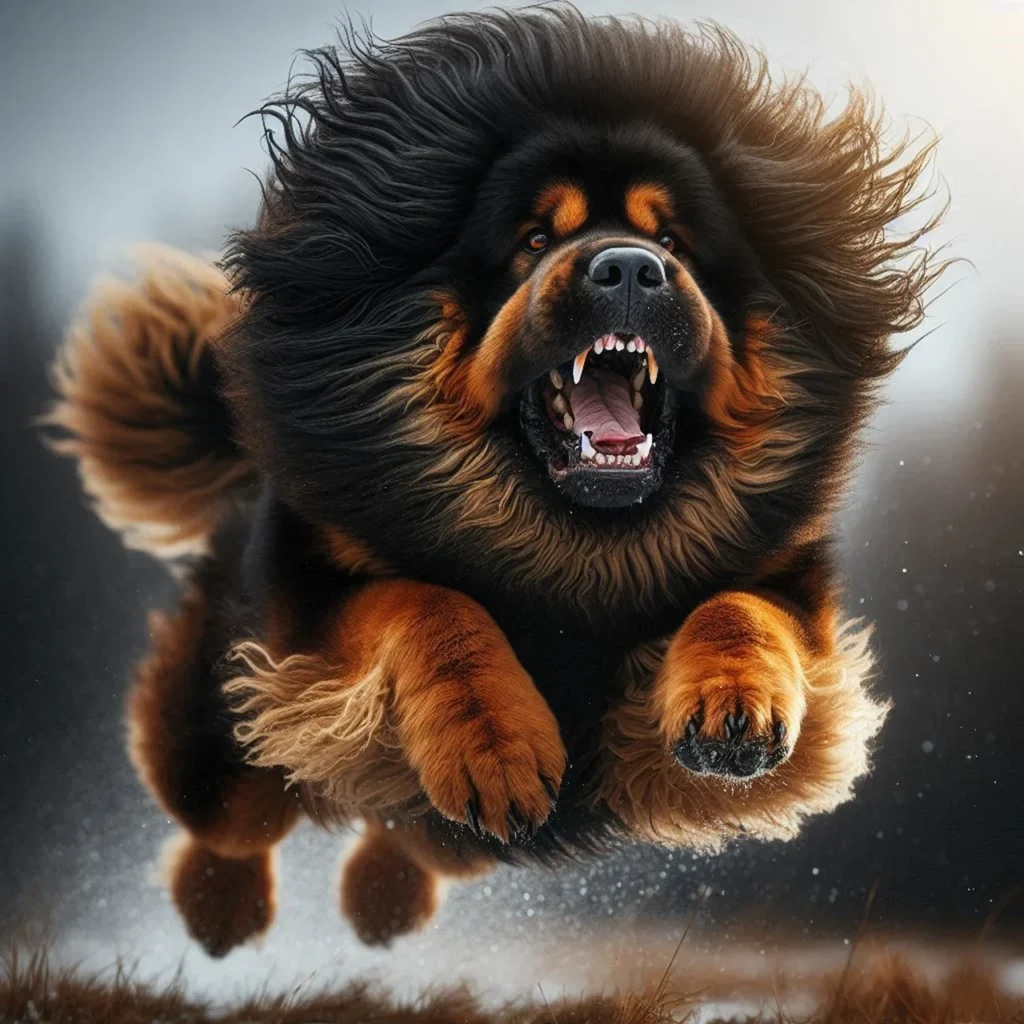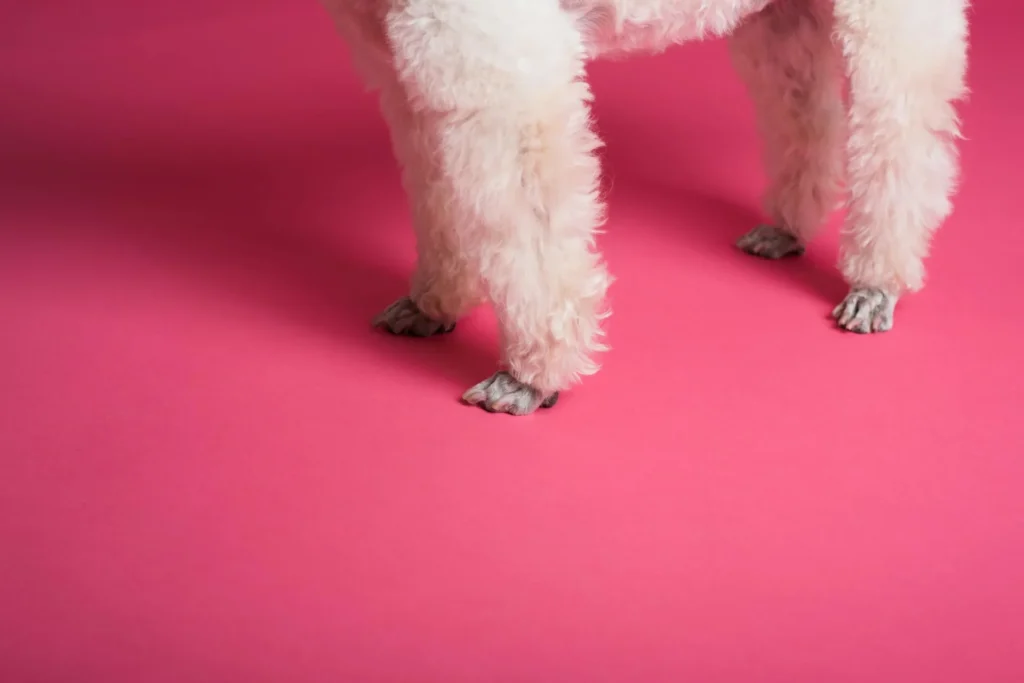As a proud Pitbull owner, you’ve likely experienced the challenges of dealing with their shedding. Fear not! This comprehensive guide, written by veterinary experts, will equip you with the knowledge and strategies to effectively manage your Pitbull’s coat and minimize the mess.
Understanding the Basics of Pitbull Shedding
What is Pitbull Shedding?
Pitbull shedding is a natural and necessary process where old, dead hair is shed to make way for new, healthy fur growth. While all dogs shed to some degree, Pitbulls are known for their short, sleek coats, which can lead to significant shedding throughout the year.
Why Do Pitbulls Shed?
There are several key reasons why Pitbulls shed:
- Seasonal Changes: Pitbulls tend to shed more heavily during the spring and fall as their coat adapts to changes in temperature and daylight.
- Hormonal Fluctuations: Hormonal changes, such as during pregnancy, heat cycles, or other life events, can trigger increased shedding.
- Stress and Illness: Stressful situations, changes in the home environment, and certain health conditions can also lead to elevated shedding.
- Age: As Pitbulls mature, their shedding patterns may change, with older dogs often shedding more than their younger counterparts.
Understanding Pitbull Shedding Patterns
Pitbull shedding follows a somewhat predictable pattern, with two main shedding seasons:
- Spring Shedding: From March to May, Pitbulls will shed their thick, winter coat to prepare for the summer months.
- Fall Shedding: From September to November, Pitbulls will shed their lighter, summer coat to grow a thicker, warmer coat for the winter.
Outside of these seasonal cycles, Pitbulls may also experience increased shedding due to other factors, such as stress, illness, or hormonal changes.
Evaluating Pitbull Shedding Levels
Not all Pitbull shedding is created equal. Understanding the different levels of shedding can help you determine when it’s time to seek professional help.
| Shedding Level | Description |
|---|---|
| Low Shedding | Only a small amount of fur is lost throughout the day, with minimal hair accumulation. This is considered a normal, healthy shedding level. |
| Moderate Shedding | A steady stream of hair is shed on a daily basis, requiring more frequent cleaning and grooming. Still within the normal range. |
| Heavy Shedding | Large clumps of fur are shed, often leaving visible bald spots. This may require more intensive grooming efforts and could indicate an underlying health issue. |
| Excessive Shedding | Extremely high levels of shedding that may signify a serious medical condition. Requires immediate veterinary attention. |
Factors Influencing Pitbull Shedding
Several factors can impact the amount and frequency of shedding in Pitbulls:
- Age: As Pitbulls age, their shedding patterns may change. Puppies and younger Pitbulls typically shed less than their older counterparts.
- Gender: Research suggests that male Pitbulls may shed slightly more than females, but the differences are generally not significant.
- Health Conditions: Certain health issues, such as thyroid disorders, allergies, or skin infections, can lead to increased shedding.
- Diet and Nutrition: A balanced, high-quality diet rich in essential nutrients can help maintain coat health and reduce shedding.
- Stress and Environment: Stressful situations, changes in the home, and exposure to allergens or irritants can trigger elevated shedding.
Managing Pitbull Shedding: Expert Strategies
Dealing with Pitbull shedding can be a challenge, but with the right approach, you can keep your furry friend’s coat healthy and minimize the mess around your home.
Brushing and Grooming
Regular brushing with a high-quality deshedding tool or slicker brush is one of the most effective ways to manage Pitbull shedding. Aim to brush your Pitbull 2-3 times per week.
Bathing and Drying
Bathing your Pitbull every 4-6 weeks using a gentle, moisturizing shampoo can help control shedding. Be sure to thoroughly dry their coat after bathing.
Dietary Supplements
Adding omega-3 and omega-6 fatty acid supplements to your Pitbull’s diet can help improve coat health and reduce shedding. Consult your veterinarian for the appropriate dosage.
Vacuum and Clean Regularly
Investing in a high-quality vacuum cleaner with strong suction and HEPA filtration can help keep up with the shedding. Lint rollers and sticky tape are also useful for removing loose fur.
Minimize Stress
Reducing stress and anxiety in your Pitbull through exercise, mental stimulation, and a calm environment can help mitigate excessive shedding.
Seek Veterinary Advice
If you notice significant changes in your Pitbull’s shedding patterns or if the shedding is accompanied by other symptoms, it’s essential to consult with a veterinarian.
Pitbull Shedding: Myths vs. Facts
Myth: Pitbulls Don’t Shed
Fact: All dogs, including Pitbulls, will shed to some degree throughout the year.
Myth: Pitbulls Shed More Than Other Breeds
Fact: The amount of shedding can vary widely between individual Pitbulls and is influenced by various factors.
Myth: Pitbulls Only Shed During Certain Seasons
Fact: While Pitbulls experience more pronounced shedding during spring and fall, they can shed throughout the year.
Myth: Brushing Pitbulls Will Stop Shedding
Fact: Regular brushing can help manage shedding, but it won’t completely stop the process.
Myth: Shaving Pitbulls Will Reduce Shedding
Fact: Shaving a Pitbull’s coat is generally not recommended, as it can disrupt the natural shedding process.
Pitbull Shedding: By the Numbers
| Metric | Details |
|---|---|
| Seasonal Shedding Intensity | Spring: Moderate to Heavy Fall: Heavy |
| Average Hair Loss per Day | 10-30 hairs |
| Shedding Patterns by Age | Puppies: Low Adults: Moderate to Heavy Seniors: Heavy |
| Shedding Patterns by Gender | Males: Slightly More Females: Slightly Less |
| Shedding Patterns by Health | Healthy: Moderate Skin Conditions: Heavy Thyroid Issues: Excessive |
| Shedding Reduction with Brushing | Up to 90% reduction in loose hair |
Expert Tips for Pitbull Shedding Management
✨ Brush your Pitbull 2-3 times per week to remove loose hair and distribute natural oils.
✨ Bathe your Pitbull every 4-6 weeks using a gentle, moisturizing shampoo.
✨ Supplement your Pitbull’s diet with omega-3 and omega-6 fatty acids to promote coat health.
✨ Vacuum and clean your home frequently to keep up with the shedding.
✨ Minimize stress by providing plenty of exercise, mental stimulation, and a calm environment.
✨ Consider using a deshedding tool or grooming glove to efficiently remove loose hair.
✨ Schedule regular veterinary checkups to rule out any underlying health issues.
FAQs: Navigating Pitbull Shedding
🤔 When is Pitbull shedding season?
A: Pitbulls typically experience heavier shedding during the spring (March to May) and fall (September to November) seasons.
🤔 Do male Pitbulls shed more than females?
A: Research suggests that male Pitbulls may shed slightly more, but the differences are generally not significant.
🤔 How can I minimize Pitbull shedding?
A: Effective strategies include regular brushing, bathing, dietary supplements, maintaining a clean environment, and reducing stress.
🤔 Is excessive Pitbull shedding a sign of a health issue?
A: Yes, excessive shedding could indicate an underlying health condition, such as a thyroid disorder or skin infection. Consult your veterinarian.
🤔 Can I shave my Pitbull to reduce shedding?
A: No, shaving a Pitbull’s coat is generally not recommended, as it can disrupt the natural shedding process and lead to other grooming and health issues.
By understanding the nuances of Pitbull shedding and implementing the right strategies, you can keep your furry friend’s coat in top condition and minimize the impact of shedding in your home. Remember, every Pitbull is unique, so it’s essential to pay attention to your dog’s individual needs and consult with a veterinarian if you have any concerns.

